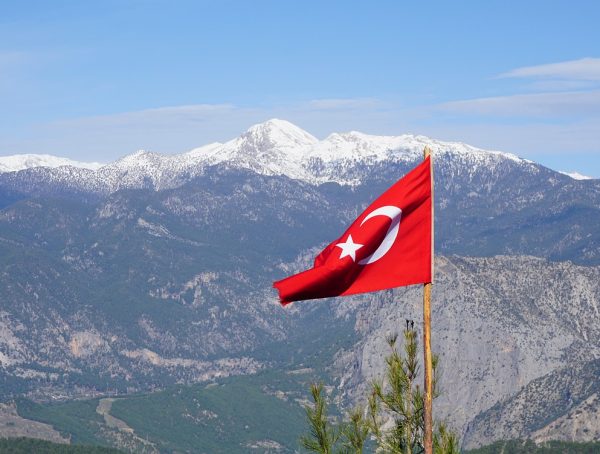Online promotional videos have become common in the tourism industry. Historically, tourism promotional videos aim to showcase the landscapes of a destination using two main types – theme-oriented and panoramic-overview videos. Theme-oriented videos are filmed from the perspective of a significant event, while panoramic-overview videos introduce the destination according to cultural, natural, and historical landscapes.
A team from Sichuan University’s School of Business and Tourism proposed a theory that short videos based on the narrative transportation theory would positively affect the tourism industry.
Narrative transportation theory proposes that when the audience loses themselves in a story, their attitudes and intentions change to reflect that story. Thus, a narrative travel story would potentially be more likely to encourage people to imagine themselves in specific scenarios that they would experience when traveling. Furthermore, the more intense the experience of transportation, the stronger the effect of persuasion on an individual to act.
When narrative videos were used in tourism and applied to social media short video platforms, the results were positive. It is indicated that short narrative videos promote brand attitude by reducing the aversion to promotional content and providing the target audience with an immersive experience that delivers a sense of presence. Combining this strategy with themed or panoramic-oriented content might offer locations a powerful way to influence potential tourists.
As with any medium, style, message, and production value are all concerning factors and can influence the projected outcome.
Xinyue Cao, Zhirui Qu, Yan Liu, JiaJing Hu, “How the destination short video affects the customers’ attitude: The role of narrative transportation” (2021) Journal of Retailing and Consumer Services, Elsevier, DOI: 10.1016/j.jretconser.2021.102672
https://doi.org/10.1016/j.jretconser.2021.102672








